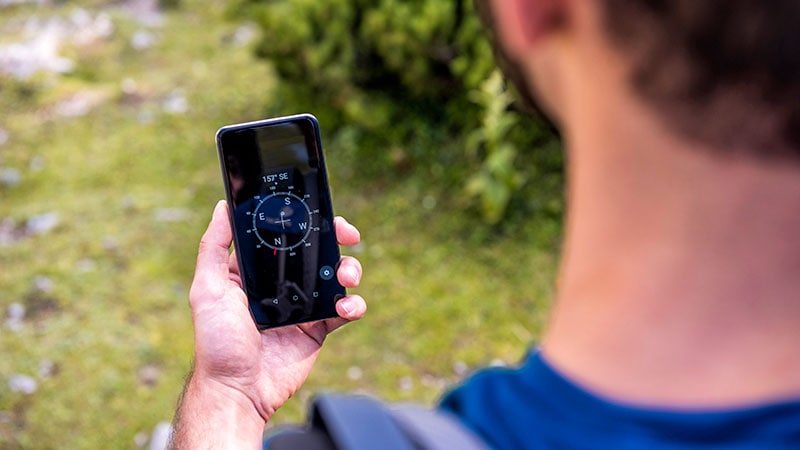In a collection of reviews published on the accuracy of tests used to diagnose skin cancer, experts have highlighted that melanomas are missed when making a visual inspection with only the naked eye.
For all types of skin cancer, it is important to make an early, accurate diagnosis to guide the appropriate management of the disease and to improve the outcome and survival of the patient. Melanoma and squamous cell carcinoma (SCC) are high-risk skin cancers that can spread and lead to death. Although basal cell carcinoma (BCC) rarely spreads, it can damage surrounding tissue.
When examining for skin cancer, the aim is to detect all possible malignant cases. High-sensitivity tests can have false-positive results, so it is important that tests should be evaluated in the settings in which they will be used in practice. Although there is anxiety around missing a diagnosis of an early malignant lesion, it needs to be balanced against the risk of unnecessary referrals to specialists. A team of researchers examined a series of reviews on diagnostic tests to identify the most accurate approaches to the diagnosis of skin cancer.
Special Collection of Reviews
The Cochrane Library published a series of 11 reviews on 6th December. This Special Collection of Cochrane Systematic Reviews has brought together a large body of research to look at the accuracy of different tests used to diagnose skin cancer. The reviews were led by Dr Jac Dinnes at the University of Birmingham, UK, and supported by the Cochrane Skin Group. The team included more than 30 researchers and expert advisors.
Dr Dinnes said in a press release: "The visual nature of skin cancer means that it can be detected and treated in many different ways and by a number of different types of specialists, therefore the aim of these reviews is to provide the world's best evidence for how this endemic type of cancer should be identified and treated."
The reviews looked at a number of different methods for diagnosing skin cancer, including:
- Visual inspection with the naked eye alone
- Dermoscopy, where a handheld device zooms in on a mole and the underlying skin – it is often used by dermatologists to diagnose melanoma but not in primary care settings
- Teledermatology, a remote specialist assessment of skin lesions using dermoscopic images and photographs
- Computer-assisted diagnosis (CAD) techniques that analyse information about skin lesions provided by dermoscopy or other techniques
- Reflectance confocal microscopy (RCM), a non-invasive image technique that can visualise deeper layers of the skin than dermoscopy, but it is not widely used in the UK
Key Findings
Following large-scale systematic reviews of research, the team made a number of conclusions. A news release has highlighted one in particular: a visual inspection of a skin lesion with the naked eye alone is not enough to ensure an accurate diagnosis of skin cancer. In one of the reviews, the team reported "error rates from visual inspection are too high for it to be relied upon alone".
Other key findings include:
- Smartphone applications used for new or changing moles or other skin lesions currently have a high likelihood of missing melanomas.
- Dermoscopy used by specialists is better at diagnosing melanoma than visual inspection alone and may also help diagnose BCCs.
- Dermoscopy could also help GPs correctly identify suspicious lesions that should be seen by a specialist.
- Teledermatology may be a good way to help GPs decide which skin lesions should be seen by a skin specialist.
- CAD techniques can identify more melanomas than doctors, but some CAD systems can produce more false-positive diagnoses than dermoscopy, leading to increased unnecessary surgery.
- RCM may be better than dermoscopy for diagnosing melanoma in difficult-to-diagnose lesions.
Other tests such as high-frequency ultrasound have shown some promise, especially for diagnosing BCCs, but there is currently not enough evidence base to make any conclusion.
The reviews have been shared with the National Institute for Health and Care Excellence (NICE) to inform a potential update of the NICE Melanoma guideline, last updated in 2015.
Further Recommendations
The researchers found that – with a few exceptions – the overall designs of the studies reviewed could have been more accurate, especially in terms of documenting where on the clinical pathway patients were tested.
Cochrane Skin Group founder Professor Hywel Williams, of the University of Nottingham, said in a news release: "Although some useful conclusions have emerged, for example, on the role of dermoscopy, the greatest value of the research is to serve as a yardstick for designing future studies evaluating skin cancer diagnosis techniques on patients who are typically seen in GP and specialist settings."
The research team suggested future studies should evaluate diagnostic skin cancer tests using patients recruited with suspicious lesions "at the point on the clinical pathway where the test under evaluation will be used in practice".
The research team also recommended further research to evaluate if checklists could improve accuracy of diagnosis by vision inspection alone and to identify how much the accuracy of diagnosis varies based on the level of expertise of the clinician performing the assessment.
Cochrane Special Collections: Diagnosing skin cancer. 6th December 2018. Paper.



